Speaking JavaScript. An In-Depth Guide for Programmers Axel Rauschmayer
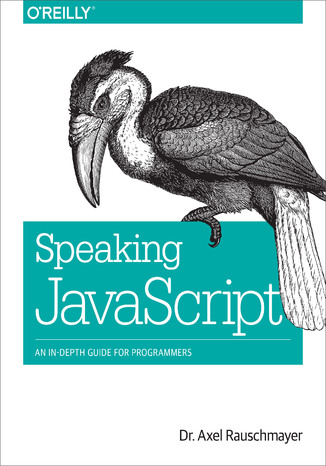



- Autor:
- Axel Rauschmayer
- Wydawnictwo:
- O'Reilly Media
- Ocena:
- Stron:
- 460
- Dostępne formaty:
-
ePubMobi
Opis
książki
:
Speaking JavaScript. An In-Depth Guide for Programmers
Like it or not, JavaScript is everywhere these days—from browser to server to mobile—and now you, too, need to learn the language or dive deeper than you have. This concise book guides you into and through JavaScript, written by a veteran programmer who once found himself in the same position.
Speaking JavaScript helps you approach the language with four standalone sections. First, a quick-start guide teaches you just enough of the language to help you be productive right away. More experienced JavaScript programmers will find a complete and easy-to-read reference that covers each language feature in depth. Complete contents include:
- JavaScript quick start: Familiar with object-oriented programming? This part helps you learn JavaScript quickly and properly.
- JavaScript in depth: Learn details of ECMAScript 5, from syntax, variables, functions, and object-oriented programming to regular expressions and JSON with lots of examples. Pick a topic and jump in.
- Background: Understand JavaScript’s history and its relationship with other programming languages.
- Tips, tools, and libraries: Survey existing style guides, best practices, advanced techniques, module systems, package managers, build tools, and learning resources.
Wybrane bestsellery
O'Reilly Media - inne książki
Dzięki opcji "Druk na żądanie" do sprzedaży wracają tytuły Grupy Helion, które cieszyły sie dużym zainteresowaniem, a których nakład został wyprzedany.
Dla naszych Czytelników wydrukowaliśmy dodatkową pulę egzemplarzy w technice druku cyfrowego.
Co powinieneś wiedzieć o usłudze "Druk na żądanie":
- usługa obejmuje tylko widoczną poniżej listę tytułów, którą na bieżąco aktualizujemy;
- cena książki może być wyższa od początkowej ceny detalicznej, co jest spowodowane kosztami druku cyfrowego (wyższymi niż koszty tradycyjnego druku offsetowego). Obowiązująca cena jest zawsze podawana na stronie WWW książki;
- zawartość książki wraz z dodatkami (płyta CD, DVD) odpowiada jej pierwotnemu wydaniu i jest w pełni komplementarna;
- usługa nie obejmuje książek w kolorze.
Masz pytanie o konkretny tytuł? Napisz do nas: sklep@helion.pl
Książka drukowana





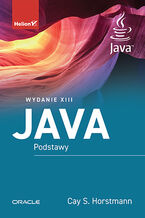



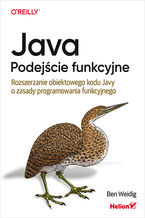
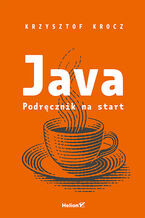
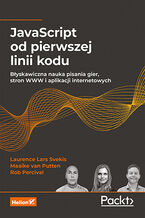
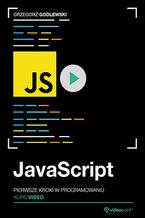
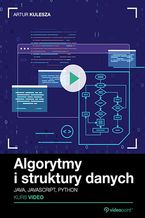






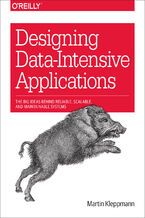


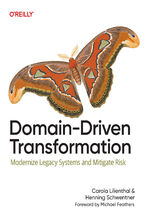

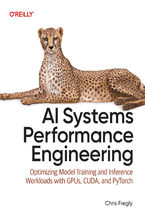
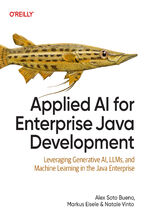
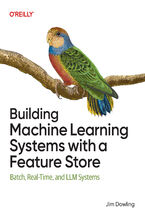
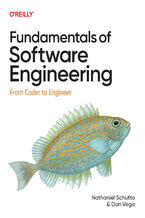
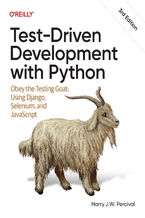



Oceny i opinie klientów: Speaking JavaScript. An In-Depth Guide for Programmers Axel Rauschmayer
(0)